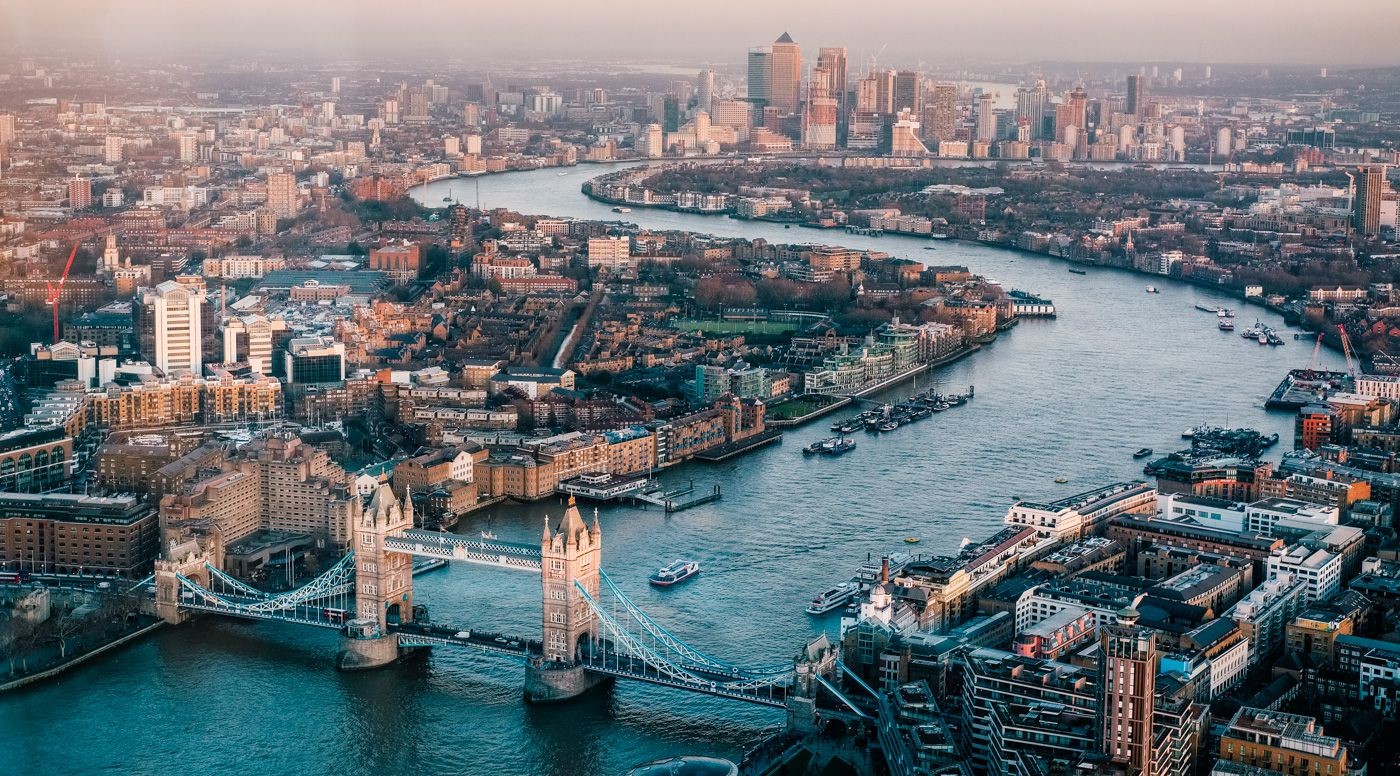
12 Vlogging Tips You Need to Follow
For a while, you should let go of your perfectionism. Choose one thing you want to do – maybe a title slide at the start – instead of expecting a completely polished and edited video the first time. Master the one skill and be proud of yourself for doing so. Then edit another vlog the next day or week.
Attach the first skill you gained – the title slide – and learn a second skill, such as music. It’s yours to show and be proud of! The following week, add a third skill, and so on. You’ll drastically reduce your stress levels and be editing like a pro in no time.
Don’t be afraid to edit. Simply hop in and give it your all. You’ll be fine as long as you remember to save the original file! If you follow the right rules, even if you don’t have a lot of video editing experience, you can make a professional-looking video. You’ll be an expert editor in no time!
Here are some of our best vlog editing tips to help you get the most out of your videos:
- Start with the end goal in mind.
Before you start shooting, visualize how you want your finished video to look. This will greatly assist you in determining which shots to take and which shots to avoid. It will assist you in determining what kind of equipment you need, as well as what kind of assistance you will need.
It will also assist you in determining your budget. You’ll prevent the all-too-common dilemma of not getting one shot and having to get all the equipment i-e vlogging camera, tripod, gimbal, phone stand etc. out again just to take the one shot if you know exactly what you want in the end. When this happens, we always have to scrap the whole video because we’ve run out of time. - Grasp the Basics of Videography
You can’t make bad filmmaking look like a great film, no matter how good your editing is. One of the “secrets” to video editing is to start with high-quality footage. Although you don’t need to take a 6-month cinematography course, learning the fundamentals of how to hold a camera, pan a camera, use various angles, and take different types of shots can be extremely beneficial. - Limit the number of transitions you use.
Using too many different types of transitions, particularly flashy ones, is a common beginner mistake. Effects such as aircraft coming in and washing out the screen, the first scene exploding into the second scene, and so on may be used on occasion. If you only use crossfades, fade-to-black, or fade-to-whites, your videos would look a lot more professional. The most common transformation is still the simple cut. Choose one and stick with it. - Disperse The Videos (Informational)
Try to break up your videos if you’re taking informational videos for online classes, for example. Fade to black and display a title shot for 3-5 seconds with the title to the next section whenever you turn to a new subject. This breaks up the clip and keeps viewers from feeling like they’ve been sitting and watching the same video for 20 minutes. Instead, they may feel as though they’ve been watching four separate 5-minute clips. - Audio Takes Priority Over Video
Audio is more critical than video in informational videos. Even if the quality of your video is bad, people will be able to understand you and benefit from your product. However, if your audio isn’t clearly audible, you’ll quickly lose your audience. - Become acquainted with the “Remove Noise” filter.
Even if you’re using a high-quality mic, background noise will be picked up. The “delete noise” filter will quickly become your most used and favourite audio filter for most beginning editors. This filter allows you to sample for noise using a tiny sample of “empty” video audio. It will then create a noise profile and remove noise from your entire video. - Choose a primary editing application.
Don’t go back and forth between video editing programmes. Although it’s a good idea to dabble in a few different programmes to get a sense of what you want, you should decide on one as soon as possible to really learn the ropes. - Get to Know Your Keyboard Shortcuts
You can save hours of editing time by learning keyboard shortcuts. Nobody expects you to memorise all of the keyboard shortcuts for every application, but you can memorise all of the keyboard shortcuts for frequently used commands. Play, Pause, Stop, Play Backwards, Break, Copy, Paste, Cut, Insert Marker, and other shortcuts should become second nature to you. The three seconds you save by not reaching for the mouse easily add up. - Use pictures to supplement video editing.
Getting nice slides for the credits, transitions, or endings will add a lot of punch to your images. To make your video more visually appealing, you can overlay pictures and screenshots or use a picture-in-picture effect. - Understand the Fundamentals of Color Corrections
Learning how to use tools like White Balance, Levels, and Curves will improve the sharpness and colour balance of your video. Your film may have more blue, red, or green than it should have due to lighting, sunlight, or simply the way your camera works. A “cast” of colour will be overlaid on the entire clip. Color correction may be used to erase the colour cast and return the clip to its original state. - Music for the background
Background music can add a lot of “vibe” to a video. Suspensive music can help get the adrenaline going in a stressful situation. I don’t care for music that plays constantly in a video, unless it’s used to emphasise specific scenes. The secret to background music is to pick the right music, but make sure it’s played softly enough in the background that it doesn’t detract from the on-screen action and isn’t heard by the viewer. - Use only basic fonts
It’s normally better to stick with tried-and-true fonts like Arial, Tahoma, Garamond, Helvetica, and so on unless you’ve studied typography. When people are watching a short video on a mobile screen, it is often easier for them to read. Choosing the right form is both an art and a science in and of itself. When inexperienced editors use unusual fonts, their videos appear to look amateurish rather than artistic. - Take Notes While Editing
If you’re working on a project that will take longer than a day or two, you can use markers to keep track of what’s going on. Markers are small pieces of text that you can place on top of your timeline. Put “Mark talks about zebras” in the segment of the speech where Mark talks about zebras, for example.
Final Thoughts
You can make high-quality, professional-looking videos without spending thousands of dollars on the project if you follow these vlog editing tips for editing your videos. If you just don’t want to edit, you can pay someone to do it for you.



